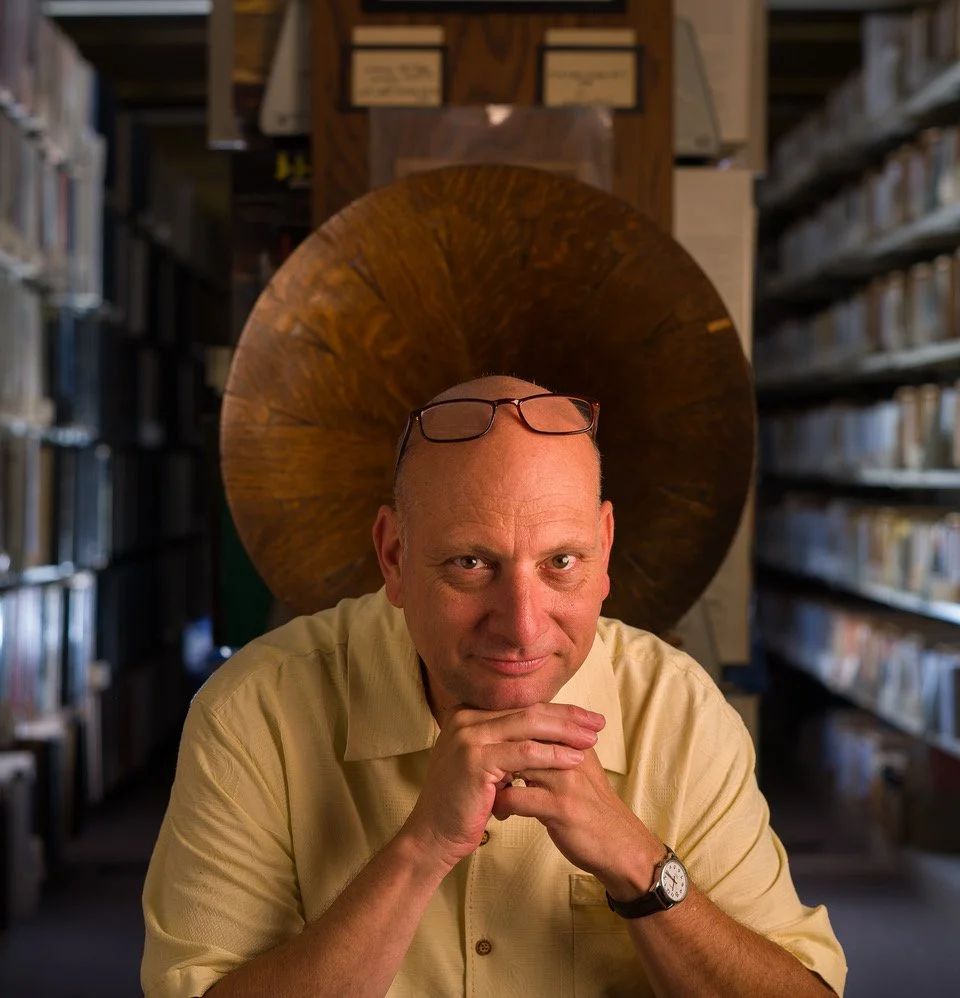The Jazz Scene in the “Paris of the Plains”
Located in the American heartland, Kansas City, at first glance, appears to be an unlikely location for the development of a unique jazz style. Like the other jazz centers, however, it boasted the right ingredients to feed the music—a significant population of African Americans and a sin industry that thrived under the eyes of sympathetic politicians.
During the 1930s, Kansas City became known as the “Paris of the Plains”—a comparison inspired, not by its broad boulevards and fountains, but rather by its intemperate nightlife and free spirited outlook. Edward Morrow advised readers of his column in the Omaha World Herald, “if you want to see some sin, forget Paris and go to Kansas City. With the possible exception of such renowned centers as Singapore and Port Said, Kansas City has the greatest sin industry.”
Political boss Tom Pendergast made the good times and prosperity possible. He dominated Kansas City and Missouri state politics from the early 1920s until his 1939 indictment for income tax evasion. Under the influence of the Pendergast machine, Kansas City became a 24-hour town, where corruption and vice flourished. Nicknamed “Tom’s Town,” the city served as the entertainment center for points north, west, and south.
Wide-open gambling abounded, with action for high roller and scratch gamblers alike. The Red Light district centered around 14th Street, nestled in the shadow of City Hall. During Prohibition it was business as usual in old Kaycee. The clubs never closed, and the liquor flowed freely. Gambling dens, nightclubs, and taxi dance joints lined 12th Street, extending a mile east from downtown. In those days of public segregation, 18th and Vine was a bustling business district, the heart and soul of the African American community.
It was in this immoderate environment that Kansas City jazz flowered. Musicians from the southwestern territorial bands and vaudeville circuits flocked to Kansas City, where jobs were plentiful in the ballrooms, dance halls, and nightclubs that peppered the city. Arriving in 1929, pianist Mary Lou Williams found Kansas City to be a “heavenly” place, with “music everywhere and fifty or more cabarets rocking on 12th and 18th Streets.”
The list of musicians who worked and lived in Kansas City constitutes a veritable Who's Who of jazz: Count Basie, Mary Lou Williams, Lester Young, Benny Moten, Walter Page, Jay McShann, Joe Turner, Pete Johnson, Julia Lee, Harlan Leonard, Andy Kirk, and Kansas City's most infamous son—Charlie Parker.
Today the “tradition jams on.” Clubs across the city feature jazz nightly. On Saturday nights, musicians still gather in the heart of the 18th and Vine district at the old musician’s union hall, today the Mutual Musicians Foundation, to jam until sunrise or the people go home. In many ways, Kansas City remains “Tom’s Town” in the best sense.
Chuck Haddix (2006)
Chuck Haddix
Jay McShann's Band playing at Martin's-on-the-Plaza, also known as Martin's Cafeteria and Plaza Tavern. Those pictured include: Gene Ramey, bass; Bob Mabane, tenor; Gus Johnson, drums; Edward Hale, alto; Bill Smith, trumpet; Jay McShann, piano. Circa 1938. Courtesy of the Kansas City Museum Foundation, Goin’ to Kansas City Collection.


